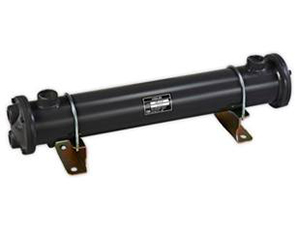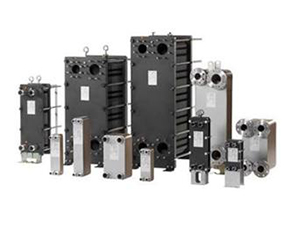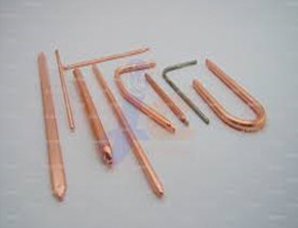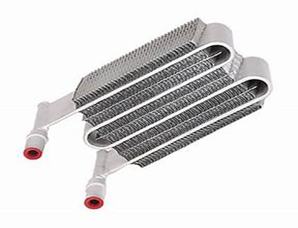6 Types of Heat Exchangers: Principle, Advantages & Applications
Heat exchangers are devices designed to efficiently transfer heat between fluids, utilizing processes such as convection, conduction, and radiation. Depending on various application requirements, structural designs, material properties, and the corrosiveness of metals, heat exchangers can take several forms.
Common Types of Heat Exchangers and Their Characteristics
1. Finned Tube Heat Exchanger
- Principle: Increases the heat transfer surface area by adding fins to the exterior of the tubes, enhancing heat exchange efficiency.
- Applications: Widely used in air cooling, HVAC systems, and certain industrial processes.
- Advantages: Simple structure, high efficiency, and capable of handling large volumes of gas or liquid.
2. Shell and Tube Heat Exchanger
- Principle: Composed of a series of tubes; fluids flow inside the tubes and between the shell, transferring heat through the tube walls.
- Applications: Commonly found in petrochemical, power generation, and pharmaceutical industries
- Advantages: Versatile, easy to clean and maintain, and can withstand high pressure and temperature environments.
3. Plate Heat Exchanger
- Principle: Made up of multiple metal plates, fluids flow between the plates, allowing heat transfer through the plate material.
- Applications: Suitable for food processing, HVAC systems, and industrial cooling.
- Advantages: Compact footprint, high thermal efficiency, easy to clean, and very effective for low flow rates of liquids.
4. Heat Pipe Heat Exchanger
- Principle: Utilizes the phase change of a liquid (evaporation and condensation) to achieve efficient heat transfer.
- Applications: Increasingly common in electronic cooling and renewable energy systems.
- Advantages: High thermal conductivity, lightweight, and effective at transferring heat to desired areas.
5. Single Tube Heat Exchanger
- Principle: Heat transfer occurs through a single tube where fluids may be the same or different.
- Applications: Commonly used in small systems or specific industrial applications.
- Advantages: Simple structure, easy to manufacture and install, and lower cost.
6. Spiral Heat Exchanger
- Principle: Fluids flow in a spiral pathway, enhancing heat exchange efficiency through the spiral design.
- Applications: Suitable for chemical engineering and wastewater treatment.
- Advantages: Compact design, good fluid mixing, and strong resistance to corrosion.
The choice of a heat exchanger depends on various factors, including application needs, fluid characteristics, cost, and desired thermal efficiency. With proper design and selection, it is possible to significantly enhance the energy efficiency and economic performance of systems. When designing and selecting a heat exchanger, considerations such as operating environment, fluid properties, and material corrosion resistance must be taken into account to ensure long-term stable operation of the equipment.



Read Other News
-
2025 / 02 / 21



